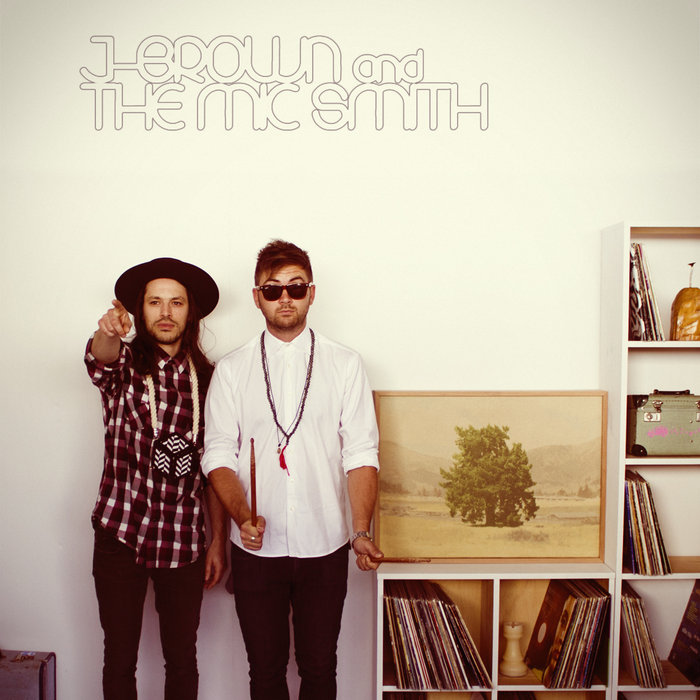
JB&TMS EP – JBrown & The Mic Smith
this blog is GROOVY – check out great Soul, Funk, Jazz, Hip Hop, Bass, Breaks , Reggae, House n many more TUNES
Jazz, a musical genre born in the melting pot of New Orleans, is a wild, improvisational journey that has captivated audiences for over a century. Let’s take a trip down memory lane, exploring the funky roots and vibrant evolution of this genre:
The Birth of the Blues:
It all started with the blues. In the late 19th century, African-American communities in the South developed a unique style of music characterized by soulful vocals, melancholic lyrics, and a driving rhythm. This raw, emotional expression, often rooted in hardship and resilience, laid the foundation for jazz.
Ragtime Revolution:
Enter ragtime, a syncopated piano style that brought a touch of playfulness and humor to the scene. Ragtime’s infectious rhythms, made popular by Scott Joplin and others, paved the way for the improvisational nature of jazz.
New Orleans’s Hotbed:
New Orleans became the hotbed of jazz in the early 20th century. Bands like the Original Dixieland Jass Band and King Oliver’s Creole Jazz Band infused ragtime with blues elements, creating a vibrant new sound.
The Rise of Swing:
In the 1930s, the “swing” era took hold, with big bands like Duke Ellington, Count Basie, and Benny Goodman dominating the scene. This period saw the development of sophisticated arrangements and intricate improvisations, solidifying jazz’s place in mainstream music.
Be-bop Breaks Through:
The 1940s brought the birth of “bebop,” a faster, more complex style led by Charlie Parker, Dizzy Gillespie, and Thelonious Monk. This era marked a shift towards improvisation as the core of the music, emphasizing virtuosity and technical skill.
Cool Jazz Takes Center Stage:
In contrast to bebop’s fiery intensity, the “cool jazz” movement of the 1950s offered a more relaxed and melodic approach. Miles Davis, Dave Brubeck, and Gerry Mulligan were key figures in this style, showcasing a smoother, more accessible sound.
Modern Jazz and Beyond:
The mid-20th century saw jazz branching out into countless subgenres, including modal jazz, free jazz, and fusion. Modern jazz pioneers like John Coltrane, Ornette Coleman, and Herbie Hancock pushed boundaries and experimented with new sounds, shaping the genre’s ongoing evolution.
Fun Facts:
Jazz continues to be a living, breathing art form, constantly evolving and inspiring new generations of musicians. Its legacy is a testament to the power of improvisation, creativity, and the enduring spirit of human expression. So put on your dancing shoes, grab a cocktail, and let the groovy rhythms of jazz transport you to another world!

JB&TMS EP – JBrown & The Mic Smith